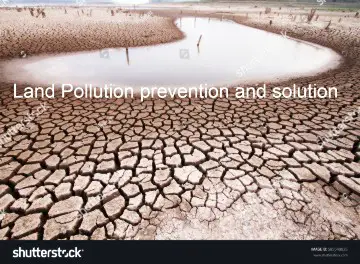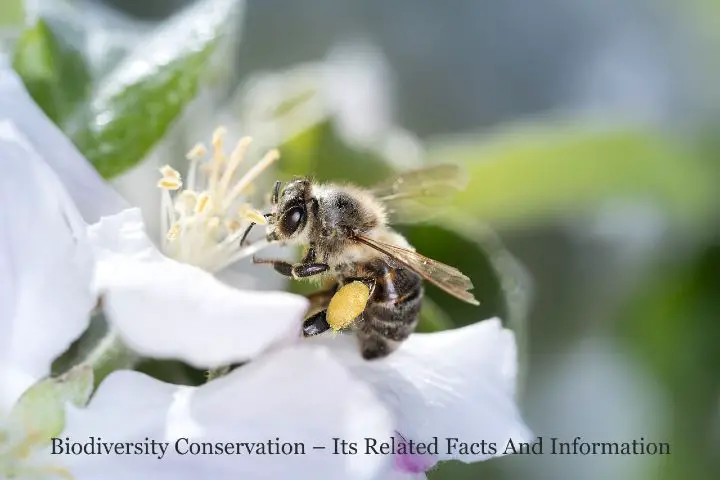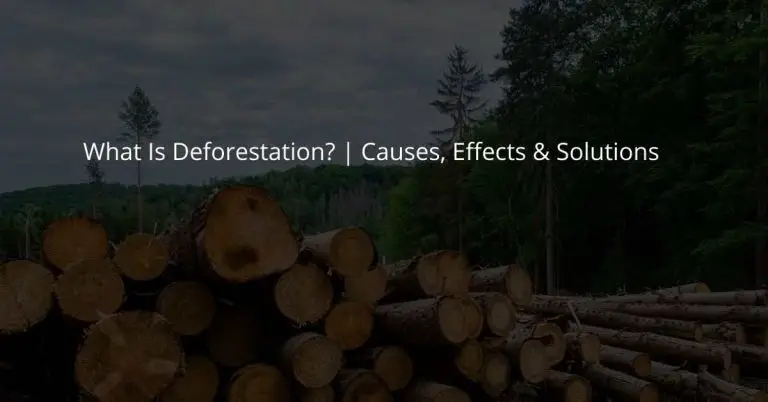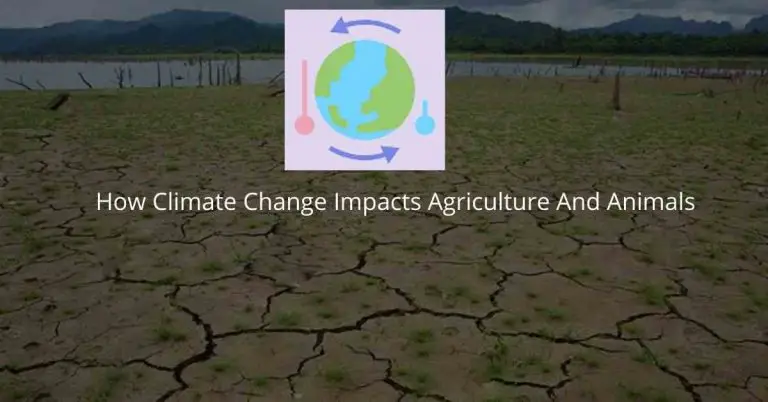Deforestation- Problem, Solutions & Law (2020)
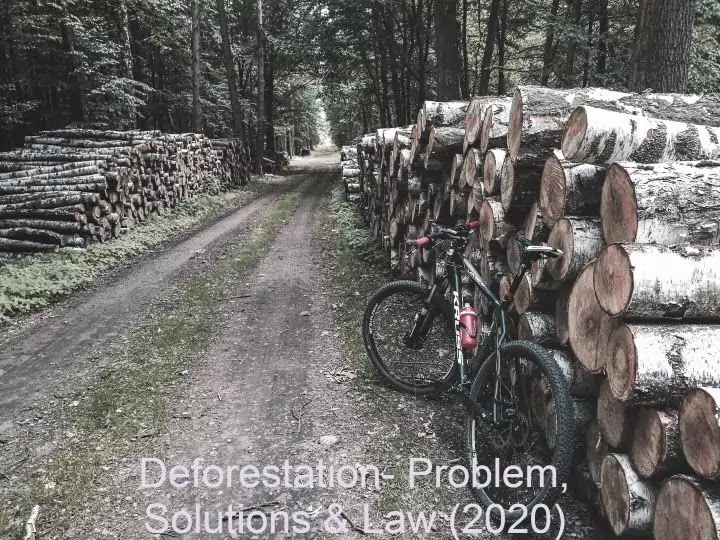
Deforestation is taking place worldwide to meet the needs of a growing population. Forests are essential for the entire human community to maintain the natural balance in the field of the environment.
However, human greed has led them to use charcoal in various ways in addition to burning wood for charcoal and cutting trees or obtaining land for agricultural, residential, and commercial purposes.
Deforestation problem
The worsening situation reflects the selfishness of human beings, as they constantly cut down forests by not taking steps to rejuvenate them by planting new trees. Unfortunately, deforestation is occurring at a faster rate than planting trees again.
As a result, natural habitats and biodiversity have suffered extensive damage. The indiscriminate destruction of forests has caused an increase in humidity in the atmosphere. Also in areas where trees are being removed, they are gradually being converted to a wasteland.
Deforestation poses a number of dangerous problems, which are the destruction of animal shelters, an increase in greenhouse gases, ice caps, a rise in sea level due to melting of glaciers, depletion of the ozone layer, and increasing incidence of natural disasters. Such as storm, flood, drought, etc.
Related. 58 Shocking Facts & Information About Climate Change
Measures to prevent deforestation
What can be done to reduce deforestation to save life on Earth? Following are some ways to protect forests:
1.Forest management
For many centuries, global efforts have been made to prevent or reduce deforestation, as deforestation has long been known to have destroyed the environment and, in some cases, will also lead to the collapse of the country. Goes
In Tonga, a large group of more than 170 islands in one area in the South Pacific, the government has appropriate policies to avoid short-term gains (which can result in even longer-term problems) by turning the forest into agricultural land. Are made
During the 17th and 18th centuries, Shogans in Japan developed a high-tech system to prevent deforestation and redevelop forests in the next century. This was done through the use of a product other than wood and the effective use of land used for agriculture for centuries.
In the 16th century, German landowners developed silk cultivation methods to deal with the problem of deforestation. However, all of these policies were limited, as they are subject to the environment, such as good rain, no dry weather, and good soil. The reason for this is that older and less fertile ground trees grow so slowly that they do not prove to be economically profitable. Furthermore, there is a danger of burning the crop before maturing in areas with extremely dry weather.
2.New ways to stop deforestation
In areas where the “slash and burn” process (which is not environmentally sustainable) has been adopted, felting and the four methods prevent rapid deforestation and also deteriorate soil quality. Because it exposes the negative characters of the traditional slash-and-burn method.
The biochar produced in this way is put back into the soil. This is not only a sustainable carbon reduction method, but it is also very beneficial in the context of the soil amendment. This mixture of biomass produces terra Prieta, the best soil on the planet. It is the only known soil type that regenerates the soil.
3.Forest rejuvenation
The Forest plantation area is increasing in many parts of the world, especially in East Asian countries. Among the 50 largest countries in the world, there has been a significant increase in the forest area in 22 countries. In Asia, between 2000 and 2005, there was an increase of 1 million hectares of forest.
Tropical forests in El Salvador increased by 20 percent between 1992 and 2001. Based on these trends, global forest cover is expected to increase by 10 percent by 2050.
4.Afforestation in china
In the People’s Republic of China, where forests have been destroyed on a large scale, the government has ordered all competent citizens between the ages of 11 and 60 to plant 3 to 5 plants each year or perform similar forest services. They have said
The government claims that at least a billion trees have been planted in China since 1982. However, this is no longer mandatory, as March 12 is celebrated each year as “Planting Day” in China.
In addition to this, a project called Green Wall of China has also started which aims to prevent the Gobi desert from growing by expanding tree planting. However, with the burning of approximately 75 percent of the trees, the project has not been very successful, and regular carbon offsetting through a flexible system would be a better option.
Forest area in China has increased by 47 million hectares since the 1970s. About 35 billion trees have grown on 4.55 percent of China’s total land. Two decades ago, the forest area was 12 percent, which is now 16.55 percent.
5.Afforestation efforts in the west
The well-designed demand for wood products in western countries has led to an increase in the use of wood by forest management and forest industries
6. Voluntary organizations contribute to forest protection.
The program launched by the Arbor Day Foundation to rescue rainforests is a work of virtue that helps prevent deforestation. The Foundation buys the rainforest lands with monetary money and before the logging companies buy it, the Foundation preserves it. The Arbor Day Foundation protects the land from harvest.
Protect the ways of life of tribes living on land. Organizations such as Community Forestry International, Nature Conservation, World Wide Fund for Nature, Conservation International, African Conservation Foundation and Greenpeace are also focused on conserving forest habitats.
Greenpeace, in particular, has also made maps of forests that are still intact and this information is displayed on the Internet. The HowStuffWorks website has created a simpler thematic map that represents the number of forests that existed since human age (8000 years ago).
Currently, it also shows low levels of forests. The Greenpeace and HowStuffWorks map maps mark the amount of planting needed to repair human-caused damage to forests.
7.Kyoto protocol
The Kyoto Protocol is very important in terms of controlling deforestation. The Kyoto Protocol and its Clean Development Mechanism (CDM) have addressed “afforestation and reforestation”. The Kyoto Protocol plays an important role in measuring and reporting efforts to reduce greenhouse gas emissions from forests.
Under this, since the 1990s, areas of land that could not be protected by forests were replaced by commercial or indigenous tree species. The United States is also working to create measures and reports on the seizure of pure greenhouse gases in forests.
The United Nations Framework Convention on Climate Change (UNFCC) negotiated better forest management, known as reduced emissions from deforestation and degradation. Its objective is to reduce deforestation and forest degradation and climate change to reduce the emission of greenhouse gases. It emphasizes sustainable forest management in developing countries and the role of increasing forest carbon stocks.
8.Cooperation and public awareness
Awareness is also necessary for public cooperation and forest protection. We can take the necessary steps for forest conservation, such as promoting plants through community forestry in the rainy season, planting forests, and promoting forest areas by promoting publicity and awareness programs for forest conservation.
The government should work to create village forest security committees and spread awareness and prevent deforestation.
To protect people from pollution, people need to plant more and more trees along with protecting the forests. If this were not taken into consideration then it would be difficult for all of us to get pure air and water.
In 1973 the environmentalists, Sundar Lal Bahuguna and Chandi Prasad Bhatt started the Chipko movement in the hilly areas in which women in the hilly region embraced trees and protected them from being cut by forest gangs. Similarly, in 1993, the Appiko movement was started in Karnataka under the leadership of Pandurang Hegde under which an active effort was made to preserve forests.
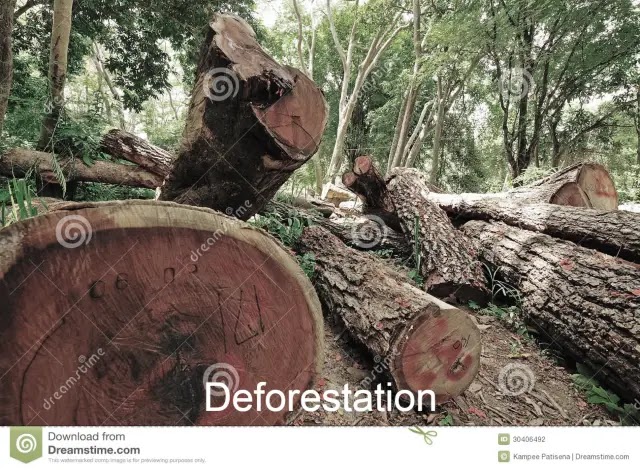
Forest protection laws in India
The Indian Forest Survey (FSI) was established in 1981 to protect forests in India. FSI is an organization that works under the Ministry of Forest and Environment, Government of India. Its main function is to collect and evaluate the country’s forest wealth through a national survey to measure the forest area.
FSI also conducts special project-based training programs for its staff at the special request of any organization. In addition to all this, it also has a large collection of data project reports that are very useful to environmentalists.
The country faces severe forest shortages and their adverse environmental impact. The Forest Protection Act of 1980 and its amendments were made in 1981 and 1991 to protect forests. The National Forest Policy came into existence in 1988. The main objective of its construction is to preserve the ecological balance while protecting the environment.
An Integrated Forest Protection Scheme (IFPS) was formulated to protect forests from fire. It was created by combining forest management and conservation techniques with forest protection. This scheme has proven to be highly beneficial for the Northeast and Sikkim states and the shortage of resources to save forests in these areas has also been completed.
The scheme is 100% centrally sponsored. Its main objective is to provide infrastructure to the states and territories of the Union and to protect and adequately manage forests against fires. The Directorate of Forest Education is under the Ministry of Forests and Environment and its main function is to provide the States, Forest Officers, and Regional Forest Officers.
There are currently three central forestry academies in the country. These are found in Byrnihat (Assam), Coimbatore (Tamil Nadu) and Dehradun (Uttarakhand), as well as Rangers College in Kurseong (West Bengal) in the East Forest area, respectively. The Government of India operates Ranger Universities. However, the Forest Education Directorate has also begun training non-forest organizations.
The National Afforestation Program (PNA) was launched with the aim of investigating ecological restoration, environmental protection, conservation of natural resources, environmental development, land degradation, deforestation, and biodiversity with the help of people active in environmental development.
India is a country of 1.5 billion people where there is constant pressure on forests in densely populated areas and people are forced to cultivate marginal lands where the grass is increasingly contributing to making the area sterile. There is tremendous socio-economic pressure on the country’s forests. India has established a plantation system to prevent soil erosion and desertification along with perimeter fencing and protection to protect agricultural land.
Why wildlife conservation is needed
We have to see our wildlife as an invaluable asset. Thinking of their rescue is possible only if we not only save wildlife but also provide them with an opportunity to prosper. If necessary, we must help increase their number by keeping them in the right environment.
There are sanctuaries, wildlife parks, national parks, etc. At the national and international levels. For the protection of forests and wildlife in India, ‘Environmental Protection Law’, ‘Forest Protection Law’, ‘National Wildlife Action Plan’, ‘Tiger Project’, ‘National Parks and Sanctuaries’, ‘Bioregional Reserve Program’, etc. They have been
Some species have been saved from extinction due to these plans. Includes lion, a horned unicorn, elephant, crocodile, etc. Not only all of these animals but also many types of plants and trees have begun to gain new life. Now it is necessary to save the life of all of them.
Measures to protect wildlife in India
The Ministry of Environment and Forests has taken various measures to save and conserve wildlife in the country. These measures are the following:
- The 1972 Wildlife (Protection) Law provides for the imposition of sanctions for crimes related to the violation of its provisions. There is also a provision in this law to confiscate any equipment, vehicle, or weapon used to commit crimes against wild animals.
- Protected areas have been created under the provisions of the 1972 Wildlife (Protection) Act which includes national parks, sanctuaries, important wildlife habitats across the country so that wildlife and its habitats can be protected.
- The Office of Wildlife Crime Control has been established to control the illegal trade in wildlife, wild animals, and their products.
- Legal protection against the hunting of wildlife has been provided under the provisions of the 1972 Wildlife (Protection) Act which includes their exploitation and commercial exploitation. Wild animals have been placed in various law programs according to the security and danger situation. Peacocks are placed in Annex 1 of the law, which gives them the best legal protection.
- The Central Bureau of Investigation (CBI) has been empowered by the Wildlife Protection Act of 1972 to arrest people who commit crimes against wildlife.
- State/union territories have been asked to increase patrols in and around protected areas.
The conclusion
Today, due to the way the environment deteriorates due to human defects, there is a great need to strictly protect and maintain forests. Only in this way can we save the future of all organisms.
Scientists from around the world, sensible people, environmental experts, etc., emphasize the need to protect forests. Governments have also created sanctuaries and reserves to protect wildlife species where weeding is also prohibited.
It is not possible to do important work such as forest conservation by observing the “tree planting” week. This requires working on the really important outline lines.
Forest conservation is not for one or two weeks or months but for years. It is not just like giving birth to a child, but making the right arrangements for the upbringing and care of the child, not just for two or four years until it reaches maturity. Only then can life on earth be possible to protect its environment and vegetation.
Nature provides all the necessary resources for us. The need of the hour is to look at the harmful effects of global climate change. To avoid the emission of greenhouse gases, we must use only the quantity of nature to meet the requirements of food, water, and air.


